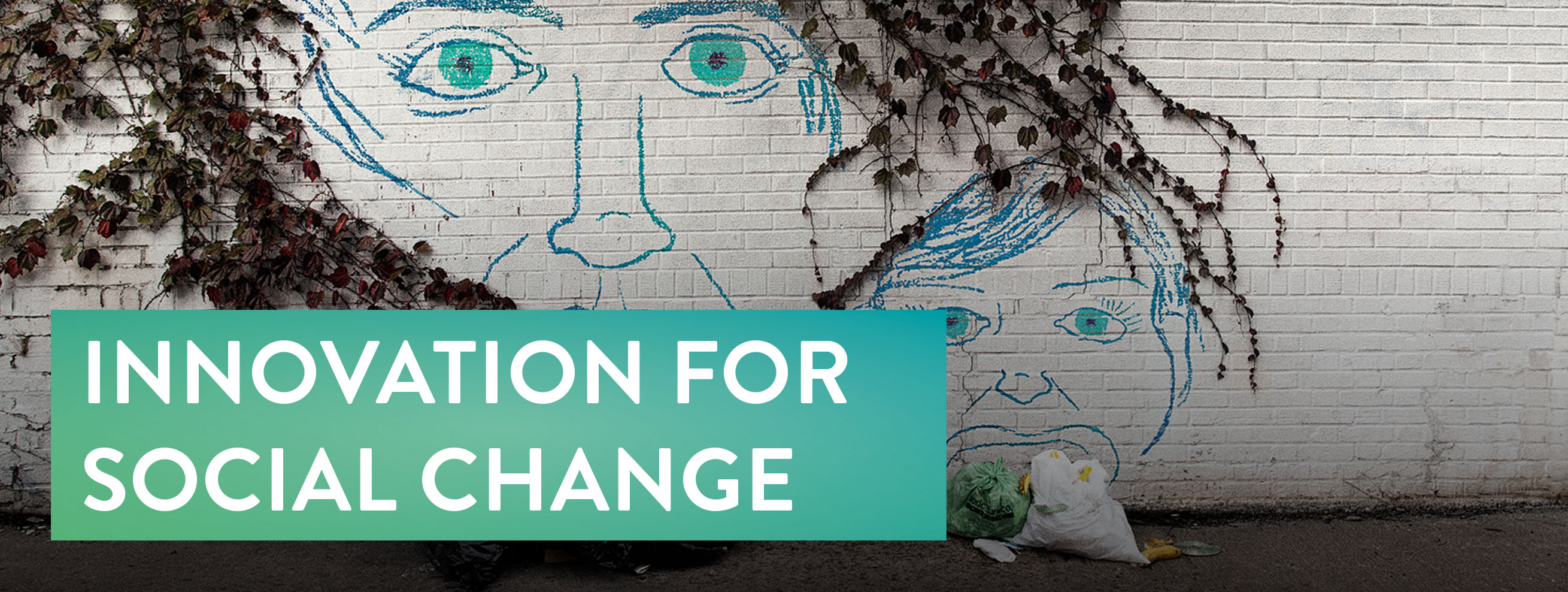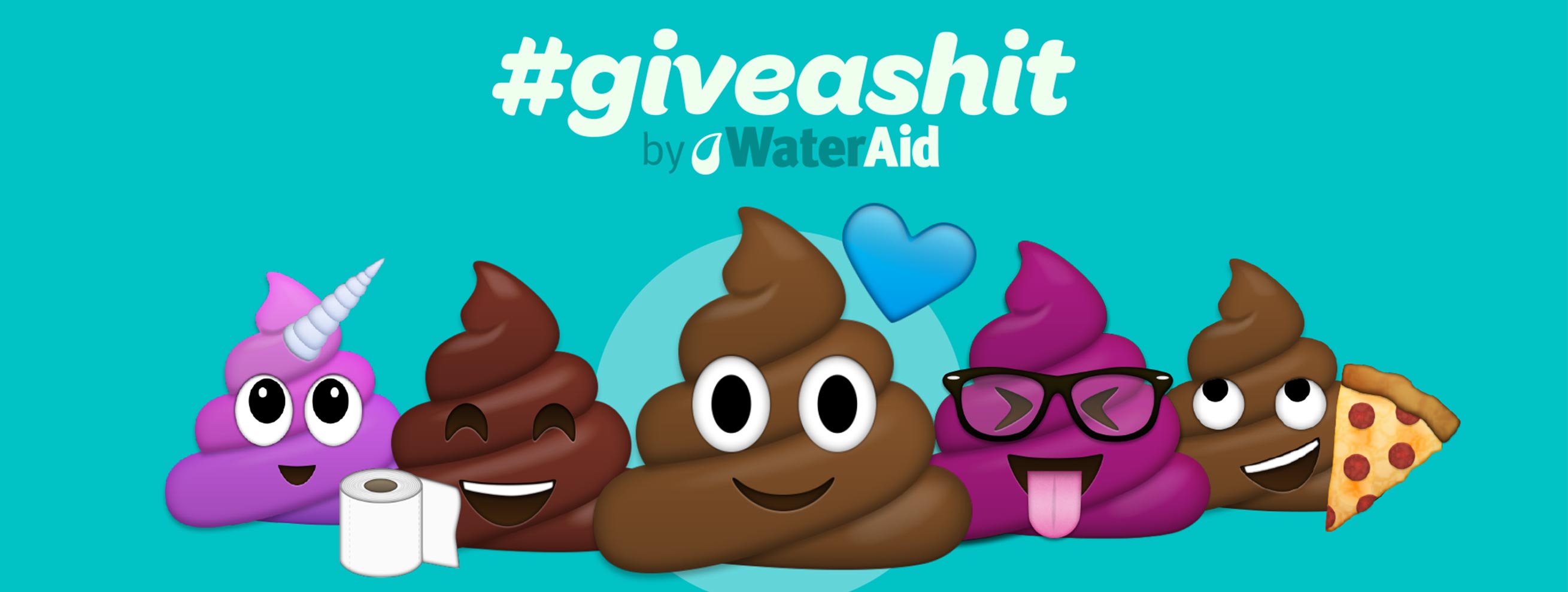
Social Change & Cause-Marketing in 2018
Yue Xiang | Data Science
In 2018, it seems that more brands than ever are seeing the value of connecting their brands to positive social causes.
In some cases, however, it’s the causes themselves that launch businesses all their own.
This was the focus of a recent Philly Tech Week event, Innovation for Social Change, which took a deeper look into “the ideas and businesses developing scalable, systems-changing solutions to social issues.”
Featured panelists Emily Haas (Senior Campaign Executive, League Side), Judy Wicks (Founder, White Dog Café), Brian Linton (CEO, United by Blue), and Gabriel Mandujano (CEO, Wash Cycle Laundry) spoke to the benefits of “social change” businesses and how existing brands could be more socially-conscious.
PTW’s Innovation for Social Change event inspired us to take a closer look at how organizations have leveraged social media to bring awareness to their organization’s mission or cause.
Below we have outlined three social change campaigns that were effective in not only raising funds, but also boosting national awareness of their cause.

Nearly everyone remembers the ALS Ice Bucket Challenge that swept social media in the summer of 2014. The success of this campaign centered around the viral nature of the “challenge”. Participants had to either donate to the ALS Association, an organization that raises money to fight against Lou Gehrig’s disease, or pour a bucket of ice water over their head, all while posting to social media and tagging other friends to take the challenge.
This social campaign exploded in popularity as many celebrities, including Chris Pratt, participated in the competition. And according to the ALS Foundation’s Website, they raised $115 million dollars during the challenge’s 8-week period.

Crossroad Community implemented a social media campaign that combined poignant street art and truths about hunger in New York City. The campaign encouraged the citizens of New York to participate by finding a puddle or a pile of garbage and creating a human face around it with chalk, then taking photos of their creation and posting them on Instagram or Facebook.
Crossroad Community, a food-pantry and soup-kitchen whose mission is to end hunger in NYC, was extremely successful in their efforts, causing them to achieve a 25% donation increase over a 13-month period.

In 2015, WaterAid launched the emoji-based campaign #GiveAShit, where they leveraged the poop emoji to bring awareness to the fact that 1 out of 10 people do not have access to clean toilets in the world.
Their campaign strategy consisted of creating custom poop emojis for social media influencers, who shared them with millions of followers, coining the hashtag #GiveAShit. The campaign was accompanied by a free app that would allow anyone to make their own custom poop emoji, share with friends, and donate to the cause.
The organization gained over 230 million media impressions and 11,000 new supporters from this campaign – helping WaterAid reach their goal of providing clean water, decent toilets, and good hygiene to 35 different countries.
All of these campaigns achieved large-scale awareness for their organization’s social mission.
By leveraging engaging social media tactics, they were able to create large awareness and generate incredibly high donation growth. This, in turn, enabled them to make significant real-life contributions towards their social cause.
When it comes to connecting with real people, social media is an exceptionally effective platform for the job. However, it takes some creativity, a cause people can get behind, and some strategic social tactics to grow your social audience and bring about potent results.